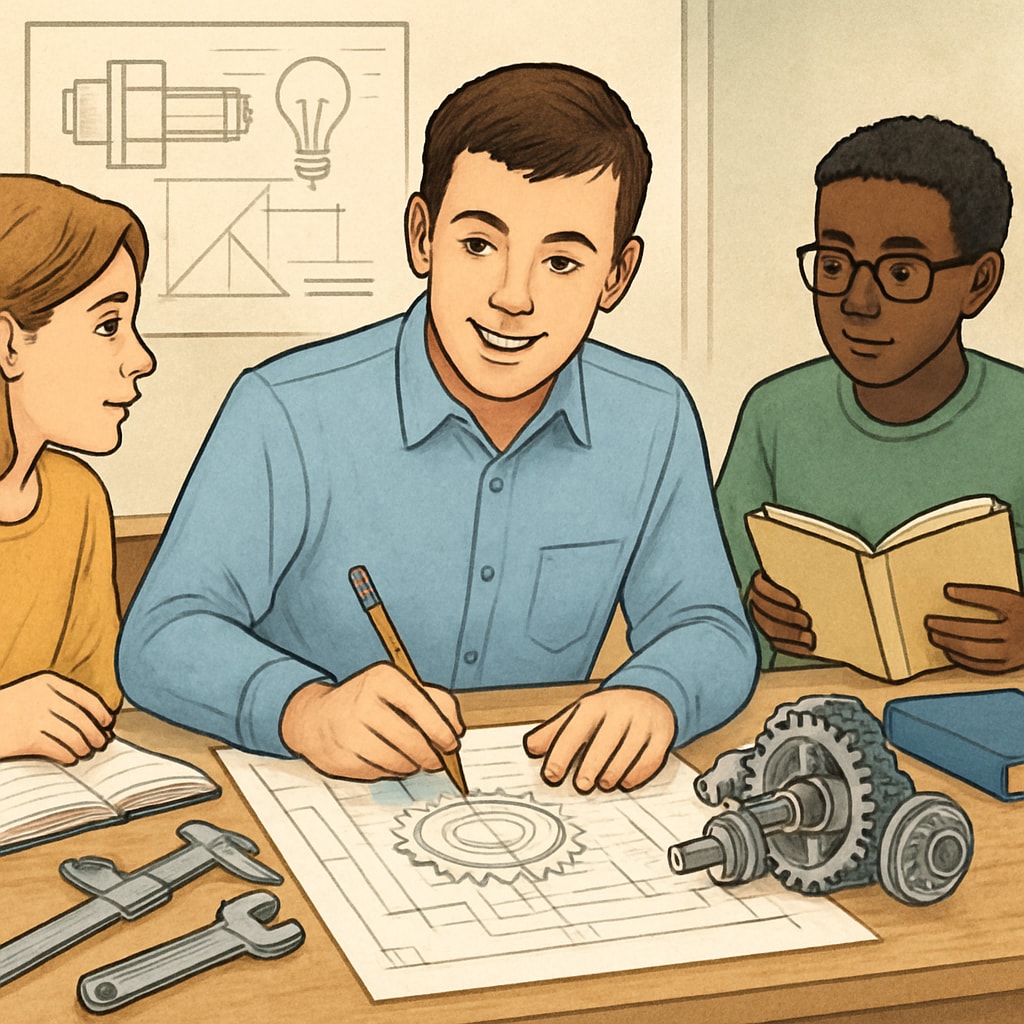Pursuing a dual degree in education and engineering might seem like an ambitious endeavor, but its potential benefits make it a compelling choice for students passionate about both fields. Combining an education degree with engineering expertise allows individuals to bridge the gap between teaching and technology, creating professionals equipped to innovate in classrooms and beyond. This article explores the feasibility of this dual-degree path, its inherent value, and practical strategies for managing the challenges that come with balancing two demanding disciplines.
Why Combine Education and Engineering?
At first glance, education and engineering may appear to be unrelated fields. However, they share more common ground than one might expect. For example, engineering skills can enhance curriculum development by introducing cutting-edge technology into the classroom. Similarly, an education background equips engineers with communication and pedagogical skills useful for training teams, mentoring junior colleagues, or developing user-friendly products.
Moreover, integrating the two disciplines can open doors to unique career paths, such as educational technology development, STEM (Science, Technology, Engineering, and Mathematics) education leadership, or research roles focused on improving learning methodologies through engineering principles.

Practical Strategies for Success
Balancing two demanding academic programs is undoubtedly challenging. However, with the right strategies, students can successfully navigate this dual-degree path. Here are some practical tips:
- Plan Ahead: Begin by researching universities that offer dual-degree programs or allow flexible course selection. Ensure the curriculum aligns with your interests in both education and engineering.
- Time Management: Develop a detailed schedule that allocates time for coursework, internships, and extracurricular activities in both fields. Tools like time-tracking apps can be invaluable.
- Leverage Cross-Disciplinary Opportunities: Seek projects or internships that marry aspects of both education and engineering, such as developing STEM learning tools or teaching coding to students.
- Collaborate and Network: Build connections with peers and professionals in both fields. Networking can provide insights into career opportunities and foster collaboration on interdisciplinary projects.
For more insights on STEM education, visit STEM education on Wikipedia.

Challenges and How to Overcome Them
Pursuing a dual degree comes with its share of challenges, including workload management and the need to adapt to differing academic cultures. Engineering courses often demand technical precision, while education studies may emphasize creativity and empathy. Here’s how you can tackle these challenges:
- Stay Organized: Use tools like calendars, planners, or project management software to keep track of deadlines and responsibilities.
- Find Support: Seek mentors or advisors who understand the demands of both fields and can provide guidance.
- Focus on Mental Health: Balancing two programs can be stressful. Prioritize self-care and seek support when needed.
For additional resources on mental health strategies for students, check out Mental Health on Britannica.
The Future of Multidisciplinary Professionals
In today’s rapidly evolving world, professionals with expertise in multiple disciplines are increasingly valuable. Combining education and engineering not only enhances your career prospects but also positions you as a forward-thinking innovator capable of solving complex problems. Whether you aspire to develop learning technologies or inspire the next generation of engineers, this dual-degree path equips you with the tools to make a meaningful impact.
In conclusion, pursuing a dual degree in education and engineering is an ambitious yet rewarding journey. By embracing the interdisciplinary nature of these fields and adopting practical strategies for success, you can unlock their combined potential and pave the way for a fulfilling career.


